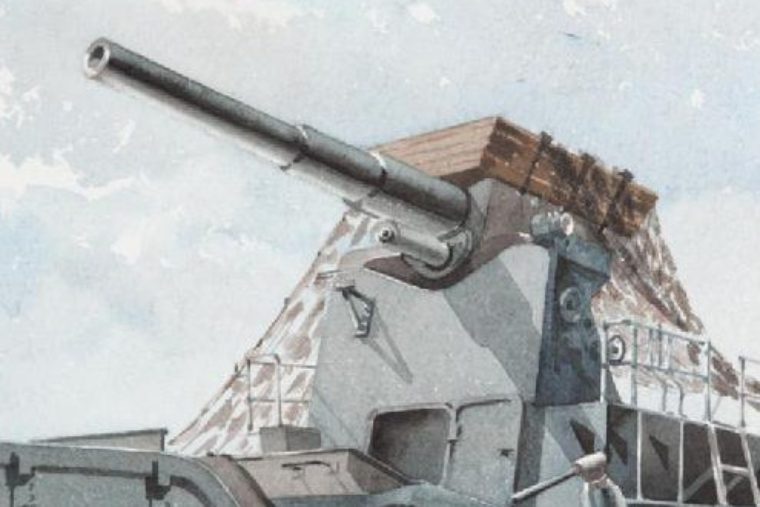‘One of the issues that liberals and gun control advocates are most loath to discuss is how heavily and effectively totalitarians and mass murderers have relied upon gun registration and other firearms controls to round up “enemies of the state.” Hitler, Stalin, Castro, and Mussolini all seized upon gun laws to punish, incarcerate, and even exterminate their opponents, while permitting their own evil cliques to expand and strengthen the state and party monopolies on gun ownership.’
Gun Control in the Third Reich: Disarming the Jews and “Enemies of the State”
By Stephen P. Halbrook
(The Independent Institute, 280 pages, $22.95)
One of the issues that liberals and gun control advocates are most loath to discuss is how heavily and effectively totalitarians and mass murderers have relied upon gun registration and other firearms controls to round up “enemies of the state.” Hitler, Stalin, Castro, and Mussolini all seized upon gun laws to punish, incarcerate, and even exterminate their opponents, while permitting their own evil cliques to expand and strengthen the state and party monopolies on gun ownership.
Stephen P. Halbrook, an attorney and Research Fellow with the Independent Institute in California, has written a remarkably well-documented analysis of how Adolf Hitler and his Nazi henchmen in the government made private, “unauthorized” gun ownership a capital crime, while using registration records to effectively turn ordinary Germans into instant criminals.
Halbrook’s book took 15 years to research and write, and he relied on German archivists and translators to assist him in plowing through original records and files from 1920s, ’30s, and ’40s Germany. The result is Gun Control in the Third Reich, a fascinating, readable, informative and important book.
Conservatives, libertarians, and pro-Second Amendment advocates who believe or presumed that Hitler initiated all of the gun controls of the era will be disabused of that misinformation by Halbrook. We learn from him that extensive gun registration and controls were actually implemented by liberal Weimar Republic leaders in the late 1920s. In those days, Berlin and other German cities were repeatedly rocked by violent street battles between Communist and Nazi thugs, with police often bearing the brunt of the confrontations. For example, during Communist-led confrontations in Berlin, one Erich Mielke murdered two police captains, earning his Communist “street cred,” while cavalierly creating orphans. Mielke escaped prosecution by making his way to the Soviet Union, where he remained until the Nazi defeat in 1945. Mielke thereupon joined the East German Secret Police (STASI), where a frightening bureaucracy relied on hundreds of thousands of informers, while internal “professionals” were refining new ways to physically and psychologically torture countrymen whose loyalty to the state was under review.
by Herbert W. Stupp



